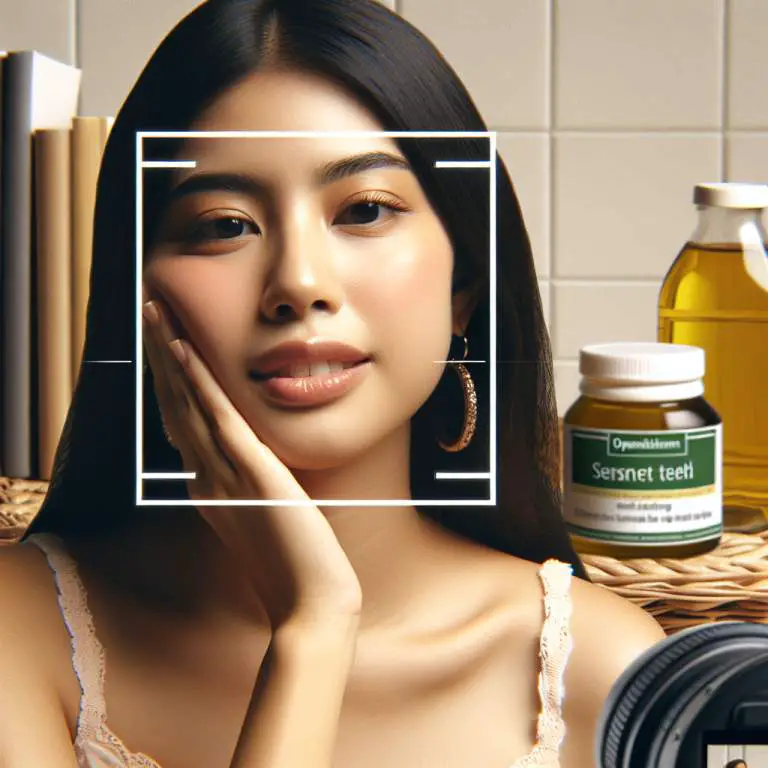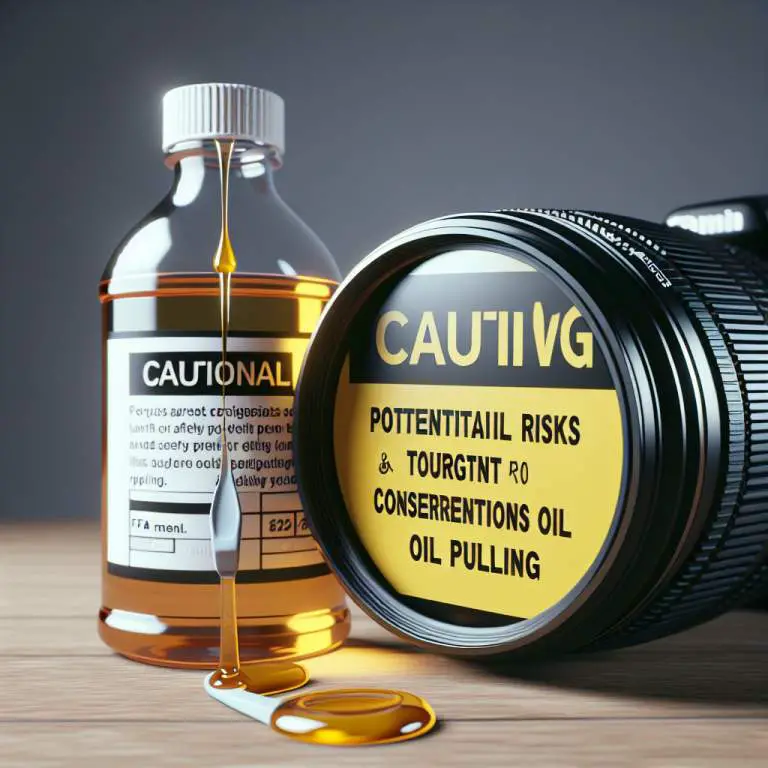Exploring cultural origins and practices similar to oil pulling
If you’re into history and culture, you might find it cool to learn about practices like oil pulling. This method, where you swish oil in your mouth, has roots in ancient India. People around the world have their own unique health traditions, similar to oil pulling, that they’ve passed down through generations. So, as a cultural enthusiast, exploring these practices can show you how different cultures have their own ways to stay healthy.

How did oil pulling start and where does it come from?
Oil pulling is an ancient practice that started thousands of years ago in India. It is a traditional Ayurvedic method used to clean the mouth, teeth, and gums. Ayurveda is a system of medicine with historical roots in the Indian subcontinent. This practice involves swishing a small amount of oil in your mouth for a period of time. The idea is that this action helps to pull out toxins from your body, improving oral and overall health.
The practice was originally mentioned in the Charaka Samhita, an ancient Ayurvedic text. Oil pulling was used as a remedy to prevent decay, oral malodor, bleeding gums, dryness of throat, and cracked lips. It was believed to strengthen the teeth, gums, and jaw. Coconut oil, sesame oil, and sunflower oil are among the types traditionally used for oil pulling.
What cultures have practices similar to oil pulling?
While oil pulling is most closely associated with Ayurvedic medicine in India, similar practices have been found in other cultures as well. For example, traditional Chinese medicine and African tribal practices also include methods for oral cleansing that share similarities with oil pulling. These practices, though not identical, emphasize the importance of oral hygiene and the belief in natural remedies to maintain health.
In traditional Chinese medicine, certain herbal rinses were used to clean the mouth and freshen the breath. Similarly, in some African cultures, chewing sticks from specific plants are used to clean teeth and gums. These sticks, often from neem or miswak trees, have natural antibacterial properties. Though these methods differ in approach, they share the underlying principle of using natural means to maintain oral health.
How do these practices compare to oil pulling?
Oil pulling, herbal rinses, and chewing sticks all aim to improve oral health, but they do so in different ways. Oil pulling involves swishing oil in the mouth to remove bacteria and toxins. Herbal rinses use the medicinal properties of herbs to cleanse the mouth and freshen breath. Chewing sticks mechanically clean the teeth and gums while also releasing beneficial compounds from the plant material.
Despite these differences, all these practices highlight a common belief in the importance of natural, holistic approaches to health care. They each use resources available in their environment to address health concerns. This reflects a broader understanding of health and wellness that incorporates natural remedies and preventive care.
What are the historical purposes behind oil pulling and similar practices?
The primary purpose behind oil pulling and similar practices has always been to maintain oral health and hygiene. In ancient times, before the advent of modern dental care, these natural methods were essential for preventing tooth decay, gum disease, and other oral health issues. They were also believed to have detoxifying effects on the body, contributing to overall well-being.
Additionally, these practices were seen as a way to balance the body’s natural energies. In Ayurveda, for example, oil pulling is thought to balance the three doshas or energies in the body. This balance is considered essential for good health. Thus, oil pulling and similar practices were not only about maintaining oral health but also about ensuring the health of the entire body.
| Culture | Practice | Purpose | Similarity to Oil Pulling |
|---|---|---|---|
| Indian | Oil Pulling | Oral health, detoxification | Original practice |
| Chinese | Tongue Scraping | Remove toxins, improve taste | Cleansing the mouth |
| African (Traditional) | Chewing Sticks | Teeth cleaning, oral health | Natural method for oral care |
| Greek (Ancient) | Chewing Mastic Gum | Prevent dental problems, freshen breath | Improves oral hygiene |
| Japanese | Gargling with Salt Water | Prevent infection, cleanse throat | Mouth cleansing ritual |
How have these practices evolved over time?
Over the years, the practice of oil pulling has seen a lot of changes. What started as a simple method used by ancient cultures has now become a popular trend worldwide. People from different parts of the globe are trying it out, adding their own twists to the practice.
With the rise of the internet and social media, more people have learned about oil pulling. This has led to a mix of traditional and modern techniques. For example, while sesame oil was commonly used in the past, today, people experiment with coconut, olive, and even sunflower oil.
Are there any scientific studies supporting the benefits of oil pulling and similar practices?
Yes, there have been some scientific studies on oil pulling. These studies look into how swishing oil in your mouth can help with dental health. They have found that oil pulling can reduce harmful bacteria in the mouth, lower bad breath, and even decrease plaque.
However, it’s important to note that while these studies show promising results, more research is needed. Scientists are still trying to understand all the ways oil pulling can benefit dental health. So, while there is some support, it’s not the final word on the matter.
How do modern dental professionals view these ancient practices?
Modern dental professionals have mixed feelings about oil pulling and similar practices. Some dentists believe that these methods can be a good addition to regular dental care. They think that oil pulling can help in reducing bacteria and improving oral hygiene.
On the other hand, some dental experts are skeptical. They worry that people might use oil pulling as a replacement for brushing and flossing. These professionals stress that while oil pulling can be beneficial, it should not replace traditional dental care practices.
What are some common oils or substances used in these practices across different cultures?
Different cultures have used a variety of oils for oral health practices like oil pulling. Sesame oil is one of the most traditional options, especially in Ayurvedic practices. It’s known for its antibacterial properties and has been used for centuries.
Other popular oils include coconut oil, which is favored for its pleasant taste and antimicrobial properties. Olive oil and sunflower oil are also used by some people. Each oil has its own set of benefits, and the choice often depends on personal preference or cultural tradition.







